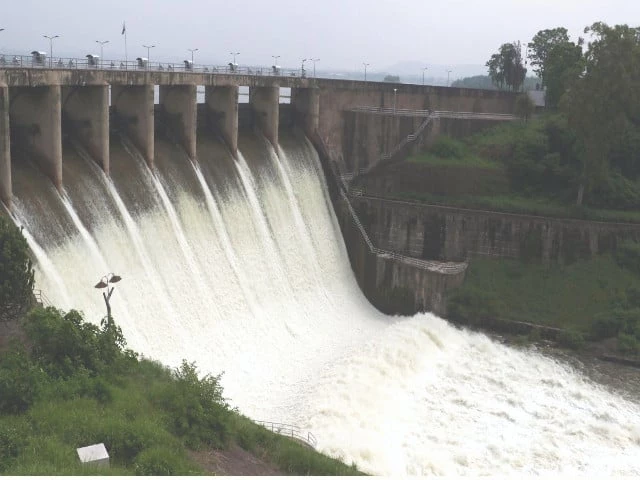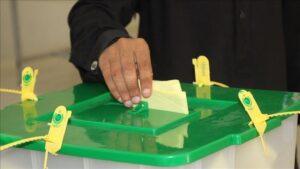Islamabad:
Providing clean water to the public is no less than a challenge for federal and provincial governments. Rawalpindi and Islamabad citizens are forced to drink dirty and contaminated water.
The scarcity of clean drinking water has allowed the mafia of the tanker to steal people for an essentiality of life. At the same time, water invoices have also increased with CDARDA and Acantonation tables. In any case, it is known that the water available in twin cities through the various sources is contaminated. According to a report, water in the Rawal dam is dirty and contaminated to the extent that it is harmful to human health.
Contaminated water is a danger not only for humans but also for animals and plants. According to an estimate, 85 percent of the population of Pakistan is deprived of clean drinking water. Whether it is tap water in homes, tube wells, filtration plants or bottled water, most accessible sources are dangerous to health.
Water is also contaminated due to the combination of sewer and clean water pipes. At the same time, rivers, channels, channels, rivers, lakes and seas of Pakistan are also becoming more toxic as modern industries contribute to contaminating them. Due to the lack of clean water and an adequate drainage system in Pakistan, diseases are increasing. Every year, hundreds of people are victims of typhoid, cholera, diarrhea, hepatitis A and and due to contaminated water to drink.
According to a conservative estimate, a percentage and a half of the country’s economy is currently being spent on treating water transmitted in hospitals. Together with beneficial elements such as calcium, salts, minerals, fluoride and iron, water also contains harmful elements such as arsenic. In the modern world, water tests are necessary to detect the presence of beneficial and harmful elements before it is too late, however, this is not the case here.
The World Bank places third in the list of countries around the world that face water shortage. UNDP and Pakistan Research Council in Water Resources predict that Pakistan will face water scarcity by 2028. Researchers also say that if the situation remains the same and no measures are taken, Pakistan will become the most scarce country in southern Asia by 2040. These data and investigations have been repeatedly highlighted. In 2016, Pakistan’s Research Council in Water Resources had said in its report that Pakistan had reached the water stress line in 1990 and crossed the water shortage line in 2005.
There are several reasons for water scarcity in Pakistan. The Pakistan Research Council in Water Resources has cited rapid population growth, the lack of water storage and the indiscriminate use of groundwater between them. Pakistan has an average water storage capacity of nine percent in three main dams, while the world average is 40 percent.




